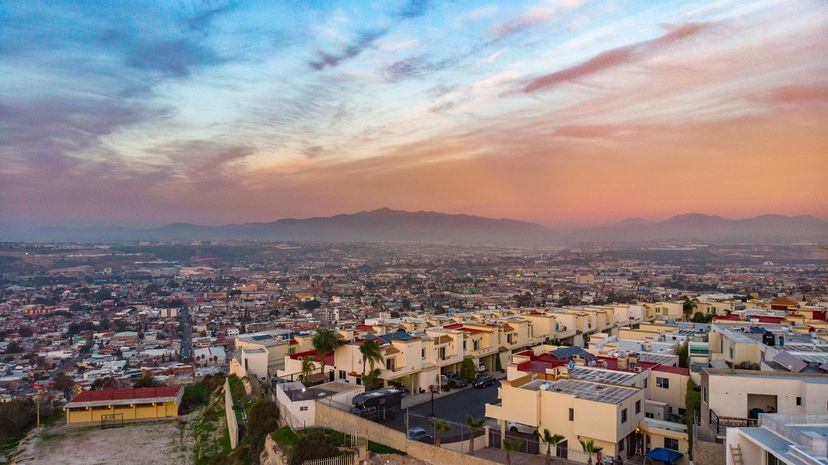
The nation of Mexico is home 130 million people across 31 states (Mexico City is a separate entity but not a state in itself, similar to Washington, D.C. in the United States). Unfortunately due to a variety of factors, Mexican cities are often host to a violent crimes including homicide. Here, we'll detail the most dangerous cities in Mexico and give some info about their history.
In the past 20 years, the Mexican economy has trended downward while organized crime has expanded to supply illicit drugs to the United States and other foreign markets, leading to gang violence and other violent crimes. Drug cartels tend to operate in cities where they can establish drug trafficking routes, meaning port cities along the coast and border towns neighboring the U.S.
Advertisement
While researching, we used a national heat map created by Mexican data scientist Diego Valle-Jones, which details the homicide rates of individual cities based on statistics compiled from the Mexican Justice System over the past twelve months.
We then filtered this data to only select for local populations over 100,000 because towns with small sample sizes over a short period of time can create statistical outliers.
Advertisement